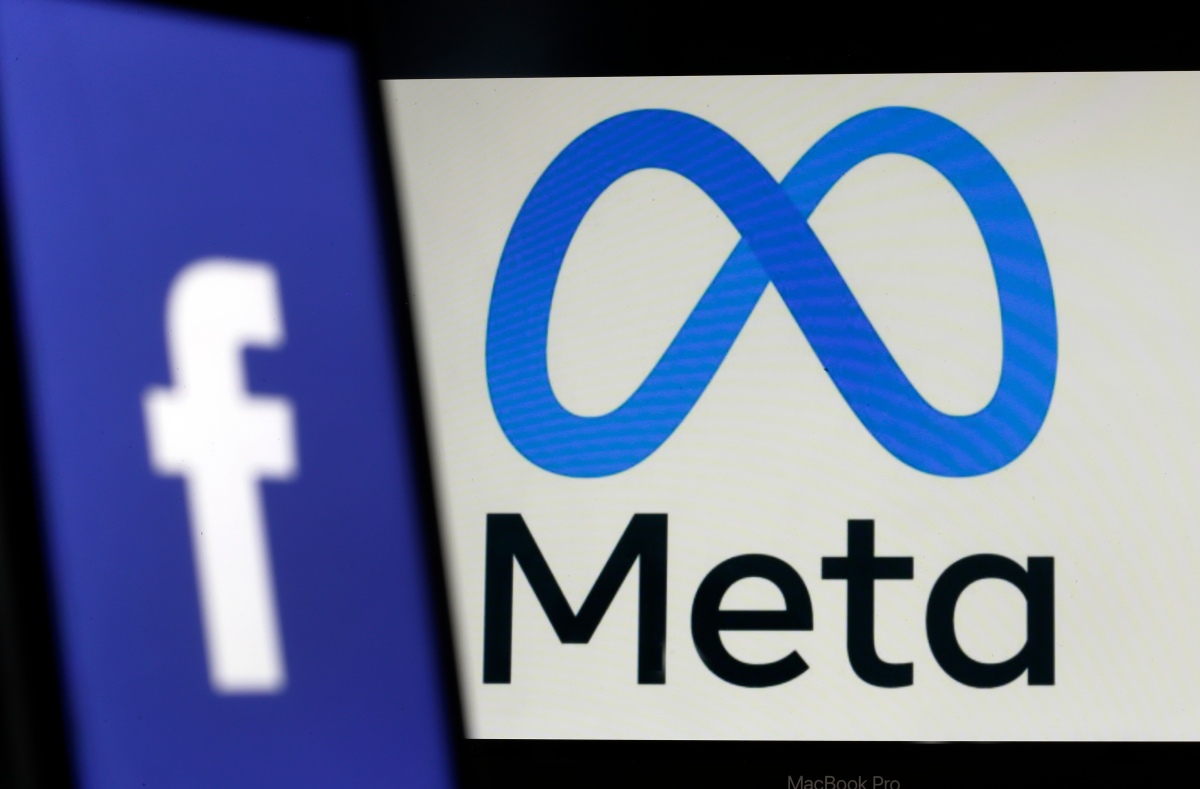A recent analysis conducted by the European Union (EU) has revealed that X (formerly known as Twitter) has the highest ratio of disinformation and misinformation posts among mainstream social networks. The findings were part of a pilot phase testing a new methodology developed by EU Code signatories to combat disinformation.
Key Takeaway
X (formerly Twitter) has been identified as the social media platform with the largest number of disinformation and misinformation posts compared to other mainstream networks, according to an analysis conducted by the European Union.
The EU Code of Practice on Disinformation, linked to the legally binding Digital Services Act (DSA), has been instrumental in monitoring the efforts of various platforms to combat disinformation. The publication of structural indicators such as the ease of finding disinformation content and the level of engagement it receives provides valuable insights into the effectiveness of platforms’ efforts against this growing threat.
Vera Jourova, the EU Commissioner for Values and Transparency, emphasized the importance of such insights in understanding and addressing disinformation more efficiently. During the pilot phase conducted in three Member States, X was identified as the platform with the highest ratio of disinformation and misinformation posts, despite no longer being under the EU Code.
X’s decision to leave the EU Code of Practice on Disinformation in May raised concerns among EU lawmakers. They warned about policy shifts implemented under Elon Musk’s ownership, stating that these changes were potentially amplifying Kremlin propaganda. Additionally, the company was criticized for restricting free access to its APIs for researchers, hindering the study of disinformation.
Under Musk’s leadership, X has introduced a crowdsourced fact-checking feature known as Community Notes to address the issue of disinformation. This feature allows users to append contextual notes to dubious tweets. However, X has also removed several signals that users relied on to assess the quality of information, such as state-affiliated media labels and legacy account verifications.
The EU’s analysis of X’s disinformation ratio has raised concerns about the platform’s role in spreading false information. The potential consequences of ignoring the EU’s warnings on disinformation could be significant, as the penalties under the Digital Services Act can reach up to 6% of global annual turnover.
While X has attempted to generate additional revenue through its paid offering, X Premium (formerly Twitter Blue), the decline in ad revenue since Musk’s takeover has caused financial strain. Musk’s recent suggestion of charging all users a small fee reflects the company’s ongoing struggle to address toxicity and harmful disinformation, which has led to an exodus of advertisers and shrinking earnings.
The removal of labels denoting state-run or government-affiliated media accounts on X has also had repercussions. A report by NewsGuard revealed a significant increase in the spread of propaganda on X, with Russia’s RT experiencing the largest surge in engagement after the label removal. The report emphasizes the potential negative impact of this change, as foreign actors are now able to reach a larger and potentially more susceptible audience.
The EU’s analysis of X’s disinformation ratio and the surge in propaganda on the platform underscores the urgent need for social media companies to address the spread of false information effectively. Compliance with the EU Code of Practice on Disinformation and the Digital Services Act will be crucial in maintaining trust and countering the harmful effects of disinformation.

























